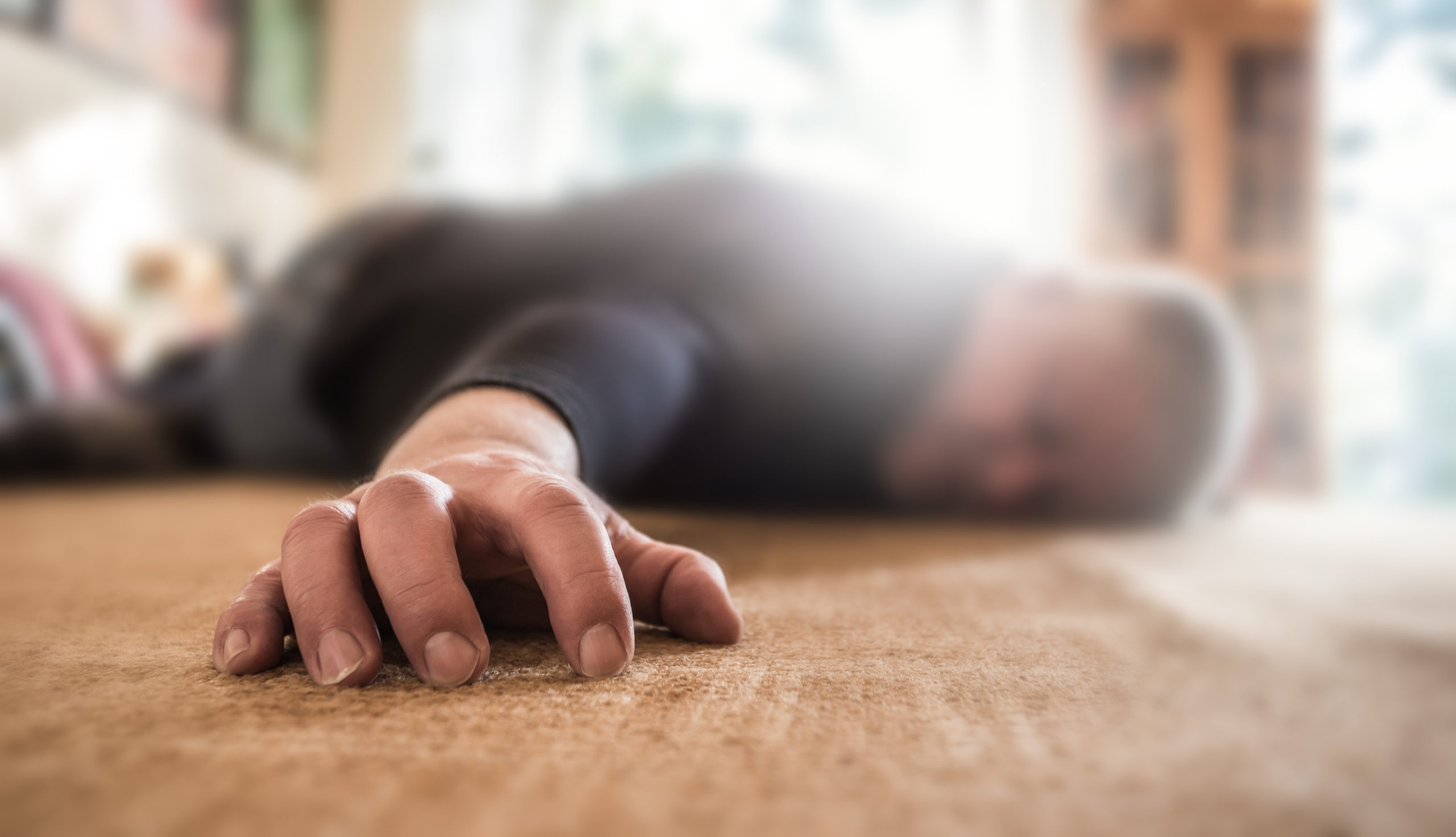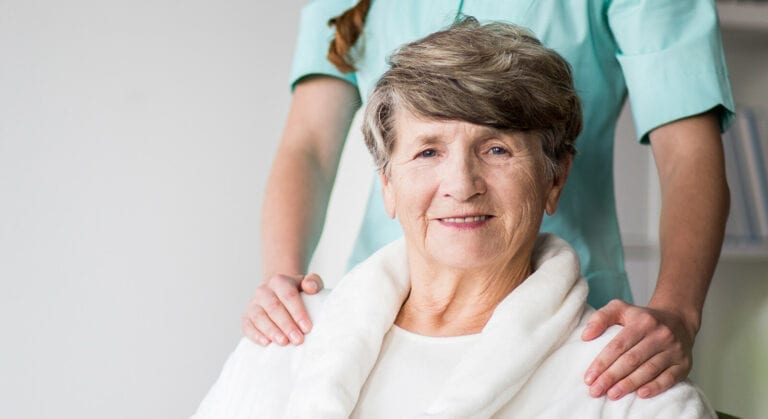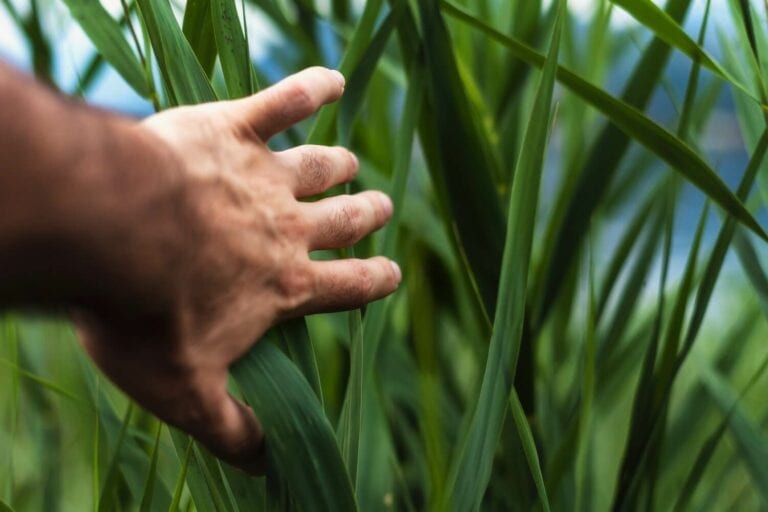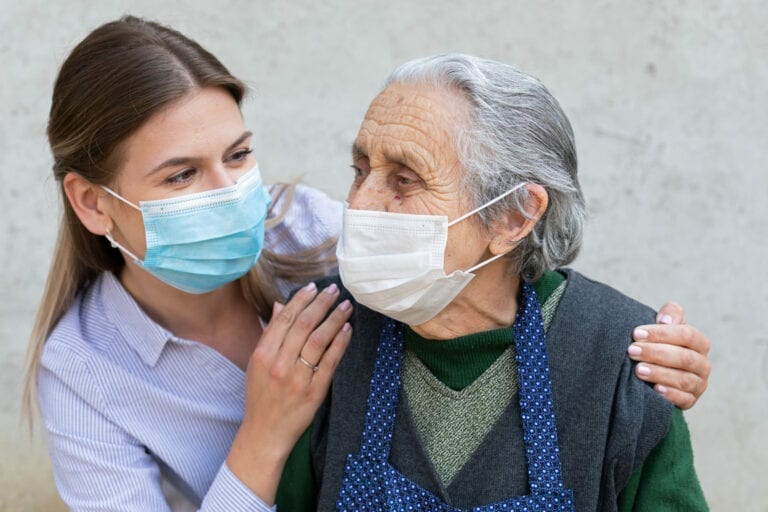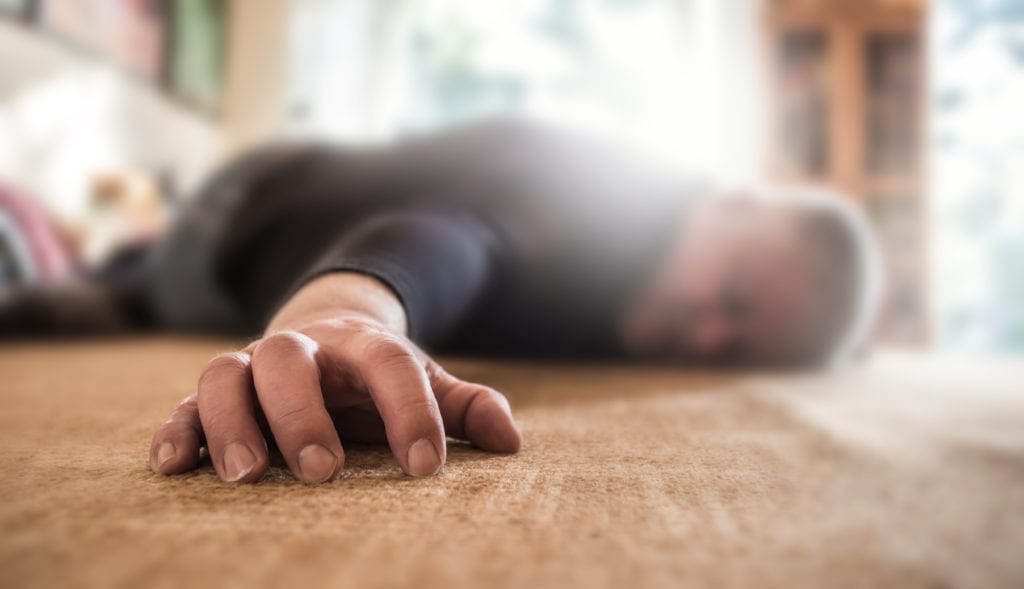
Falling and getting injured is a part of an elderly person’s life. Most of the home care solutions are requested for attending on seniors who are injured in a recent fall. The risk of falling and getting seriously injured is a real threat to the well being of elderly persons.
Even in addition to the more chronic diseases, the danger due to the falls is real and a home care assistance must be proactive in preventing falls and must always be prepared to handle the emergency arising out of falls.
As a person responsible for home care of the elderly population the all in-home care assistance you need to understand the real risks for injuries being caused to your patient
Approximately 28.7 % of the elderly population has reported that they had fallen at least once in the last 12 months and this has resulted in over 29 million falls throughout the USA resulting in 7 million injuries.
About 44% of falls cause only minor injuries like bruises, aberrations, and sprains. Only 5% of the falls lead to serious injuries like wrist and hip fractures.
The post-fall situations cause more complications to the life of a senior person and cause complete disorientation in the normal life of the elderly population besides confining them to their beds for longer periods. This causes distress not only to the person but also to their families.
Now as a person entrusted with the care of the life of the elderly person you have to understand the potential for fall that may lead to grievous injuries. The strongest single indicator of a future fall is to look into the history of the previous fall by the person. This is because in the case of an individual the reason for falling the first time is likely to repeat and cause him more injuries through successive falls.
We can take an assessment of the physical functioning of the person as being the next strongest predictor of future falls. Now it is a regular practice for Healthcare professionals while assessing the prevention of falls in the elderly population to ask if they had a fall in the past year
Some major reasons for falls in the elderly population are as follows
The medication they are taking, the psychological status of the person during his and the cognitive status of the person, and the time of his fall
Medication-induced Falls: It is natural for the elderly population to take many medicines for their multiple ailments. With advancing age medication has all along been known to have side effects that leave an increasing risk of falling. Even many different medications have different methods of action and give different types of side effects. Most of the time when the elderly person takes more drugs the combinations of different medications will induce and increase the risk of falls, as it is a well-known fact that different classes of drugs influence the increased fall risk by the different mechanism. So, when combined drugs are taken continuously this increases the fall risk to tremendous levels.
Polypharmacy is typically defined as a patient taking more than 3 or 4 medications at the same time and it is found that these patients who are taking five or more drugs at the same time have a significantly increased risk of up to 21% within 2 years.
Mechanism of medication-induced falls: When taking a psychotropic drug, the medication acts on the brain affecting the function of the cardiovascular system and it vastly increases the fall risk. Psychotropic medicines including anxiolytics sedative-hypnotics antipsychotics, antidepressants, anticonvulsants, and narcotic pain medication are well known for increasing the risk of falls due to their impairing effects on cognitive function. The sedative effects of most of these medications greatly reduce the reaction times and make them respond slow to the environment and this has a debilitating effect on the balance of the person.
On the other hand cardiovascular medications lower blood pressure with subsequent hypertension affecting the heart rate and cause a condition called bradycardia tachycardia increasing the risk of falls.
Maintaining a good level of consciousness and a good posture requires the maintenance of the optimal level of blood flow to the brain when these drugs affect these vital factors the risk of potential fall increases especially when the blood pressure is not kept within optimal parameters.
It is found that there is a good amount of influence by medication and forecasting more falls in the elderly population is possible. As a person entrusted with home care assistance for an elderly person you must take note of the medications given to the patient and have a good assessment of his mental and physical conditions to prevent any medicine-induced falls. Due to this the home healthcare systems have a built-in assessment for falls and preventing falls due to effect of medicines on the elderly patients.
Anyway, 24-hour care at home means following up with the patient and his medication to carefully assess the fall potential of the patient and providing for preventing fall-related injuries.
Psychological status and falls risk status of psychological state for fall the psychological factors that affect and increase the potential for fall injuries in the elderly patients include and rating depression and anxiety
The feeling of unease leads to a strong emotion of worry or fear. Feelings of anger are commonly experienced by most of the elder population during their confinement in the home due to advancing age. This feeling of anxiety heavily impairs their ability to judge distance and time and make them vulnerable to fall into their home
The caregivers have to understand this fact and take steps to reduce the level of anxiety in the minds of their senior patients, and the dementia home care should have an inbuilt mechanism to assess the mental state of the elder patient in a home Healthcare setup. The caregiver must take steps to bring down the level of anxiety in the minds of his patient as it affects the fall risk. There are a variety of methods to retain the normal gait of the persons and the patients having variations in their normal gait are more prone to fall and this must be closely watched and preventive steps are taken to prevent falls while the patient is moving in his home.
It is also a known fact that the elder patients in-home care when moving about in an unclear mental state focus more internally on their feet rather than focusing externally on the terrain and features of the places they are moving. This increases the risk of falls and getting injured.
The depression-induced falls:
Depression is a chronic condition in the lives of elderly patient’s in-home care where they persistently experience repeated bouts of low moods and this affects their mind and body in a variety of ways producing a range of symptoms that make them incapable of taking care of themselves
Depression and falls are frequently associated with common types of fall injuries. Depression is a well-known independent risk factor for falls in elderly patients and there are 4 determinants for recurrent falls with depressed patients. They are
- Postural CWE
- Sway History Of Fall
- Handgrip Strength And
- Depression Symptoms.
Apart from this the other isolated symptoms of depression like insomnia, poor appetite, and drastic weight loss also contribute to falls in the elderly population. Depression also leads to cognitive deficits affecting attention execution function, processing speed, and response speed of the motor functions of the elderly patients
So, for elderly patients, in-home care the home care assistance team must be able to process the depressive mental state of the elderly patients and take precautionary steps to prevent falls and the resulting injuries for effective senior care and this must be inbuilt in the dementia home care system.
The cognitive status of falls: The elderly patients suffering from motor and sensory system failures have low neurological processes and poor cognition due to this, there is much more risk of falls in the elderly population.
Cognition plays an important role in the maintenance of gait and body balance in older adults. Decreased levels of cognition complemented with careful movement planning and adaptation to environmental changes will be able to prevent Falls.
The advancing cognition impairment leads to an increased risk of falling in the older adults with dementia and hence more attention must be paid by the caregiver when the patient is drifting into dementia and is feeling its bad effects.
The patients with a mini-mental state examination score of less than 24 have an increased risk of falling, and this must be a guiding factor for providing the best possible fall prevention steps by the home care assistance and this must be made available as a 24 hour home care imperative.
Thus, for taking care of elderly patients in-home health care, you must have enough protection against the prevention of falls so that the senior care services can take care of dementia patients successfully through their 24-hour care at home.

